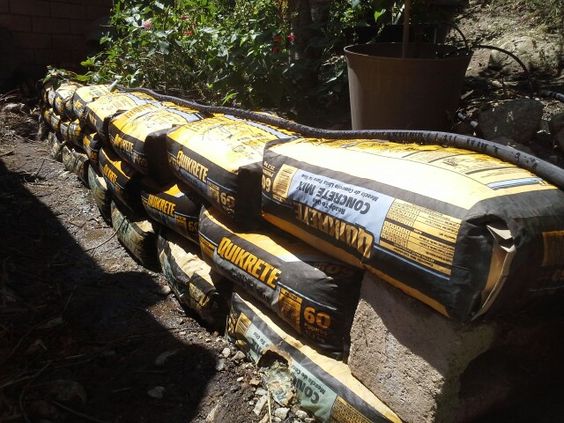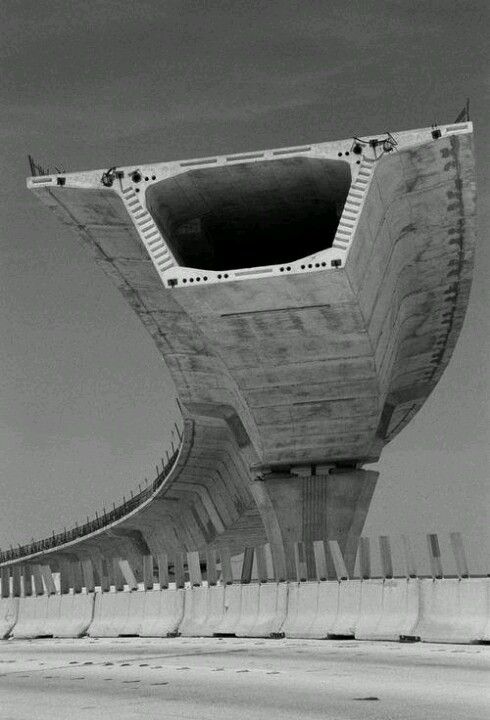- Email us at:info@misterconcrete.co.uk
We have written our bit about various uses of concrete – pouring it into foundation, patio, and driveway or using it as a design element in our houses. We have also talked a bit about different approaches when it comes to concreting – if you should use ready mix or on site mixed concrete. We haven't touched the subject of specific concrete types though. What determines concrete texture? Is it only the size of aggregate? Does the quality and type of cement play its role as well? Let's have a closer look at one of the concrete ingredients – cement.

source: pinterest.com
Cement types
First thing first, cement used nowadays is called Ordinary Portland Cement (OPC). Cement, not that similar to the one we use nowadays, was firstly produced by Joseph Aspdin who also obtained a patent for this invention. He named it Portland cement because it had strong resemblance of a stone quarried on the Isle of Portland off the British Coast. There are several types of this cement when it comes to their attributes and uses:
Rapid-hardening Cement – when added to ready mix concrete it is most suitable for projects that need to be used in a short time frame (e.g. crossroad, bus stops, and pavements) and when there is the need to remove form work very quickly. It has quite short setting time.

source: pinterest.com
Quick Setting Cement – very expensive stuff used mainly under water (for pillars and other under water constructions) and also when there are not the best weather conditions (heavy rain or freezing). When it comes in contact with water, it sets very quickly and it is almost impossible to mix it.
Low Heat Cement – used in mass construction, the ready mix screed is highly resistant against ruptures but its compressive strength is lower than that of OPC.
Sulphates Resisting Cement – common in structures that need to resist sulphate action. It has low C3A content and C4AF content which enable its use in projects that are subjected to severe alkaline conditions, e.g. chemical industry in general, sewage linings, Marine structures and foundations where soil contains sulphate.
Blast Furnace Slag Cement – is made of the slag obtained from a blast furnace which is a waste product in the manufacturing process of pig-iron and contains the basic elements of cement - alumina, silica and lime. The properties of blast furnace cement are more or less the same as those of OPC. Its strength in early days is lower and hence it requires longer curing period.
High Alumina Cement – another expensive cement used in foundries, refractories and other workshops where the processes produce high temperatures. This is because of its main advantage which is that it can withstand very high temperatures. The initial setting time is 3 hours and the final setting time reaches to 5 hours. It evolves great heat and can be therefore used in colder temperatures.

OPC or PPC ?
What is the main difference between most widely spread, known and used cement composites? Ordinary Portland Cement is made of raw materials – argillaceous and calcareous. This cement is the standard and it is being manufactured and sold all around the world. This is the ready mix “cement” as we know it.
Portland Pozzolona Cement is made of pozzolonic materials – pumicites, fly ash, volcanic ashes, etc. which have in a way cementous properties. These materials can be added up to 35% into the composition of PPC. It has longer setting time what makes it more workable than OPC, the ultimate strength is higher and there is lower porosity imparting the concrete mix made of it.
categories
latest posts
- Expert Tips for Choosing the Best Screed for Underfloor Heating (UFH)
- 15 Must-Have Tools for Working with Raw Concrete
- What exactly does high quality mean when it comes to ready mix concrete?
- Concrete construction safety: Make sure you follow these important rules
- Prefabricated Houses - Is This the Future of UK Housing?
- Useful tips for pouring concrete during cold weather
services
Mister Concrete serves domestic, commercial and industrial clients delivering high quality certified ready mix and onsite mixed concrete.
Get in touch with us now
Do not hesitate to use our contact form or give us a call and one of our professionals will be happy to help.
comments